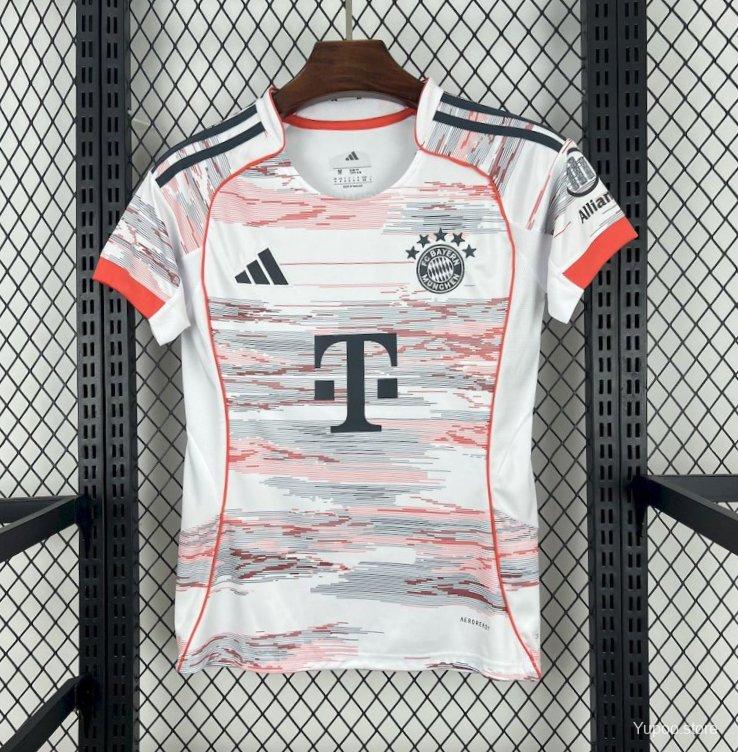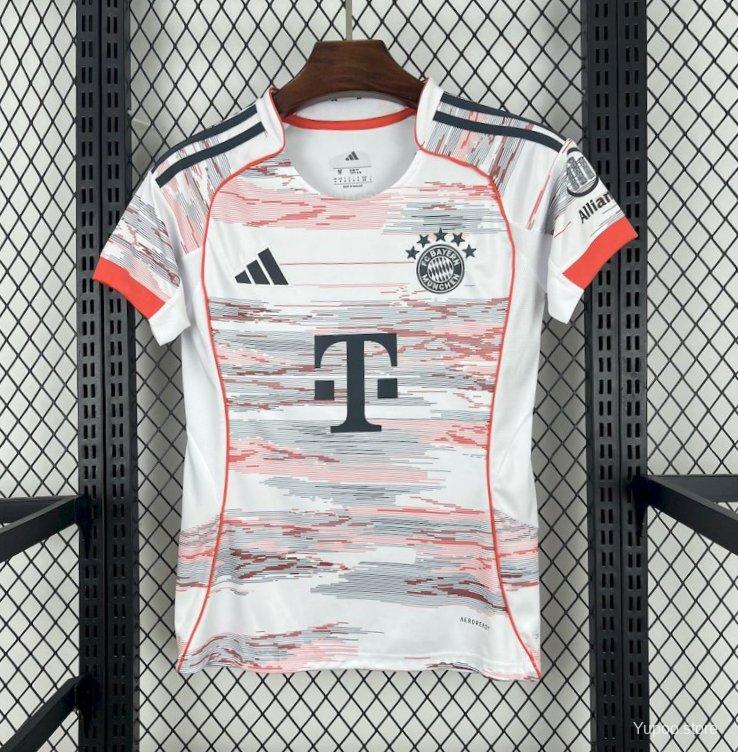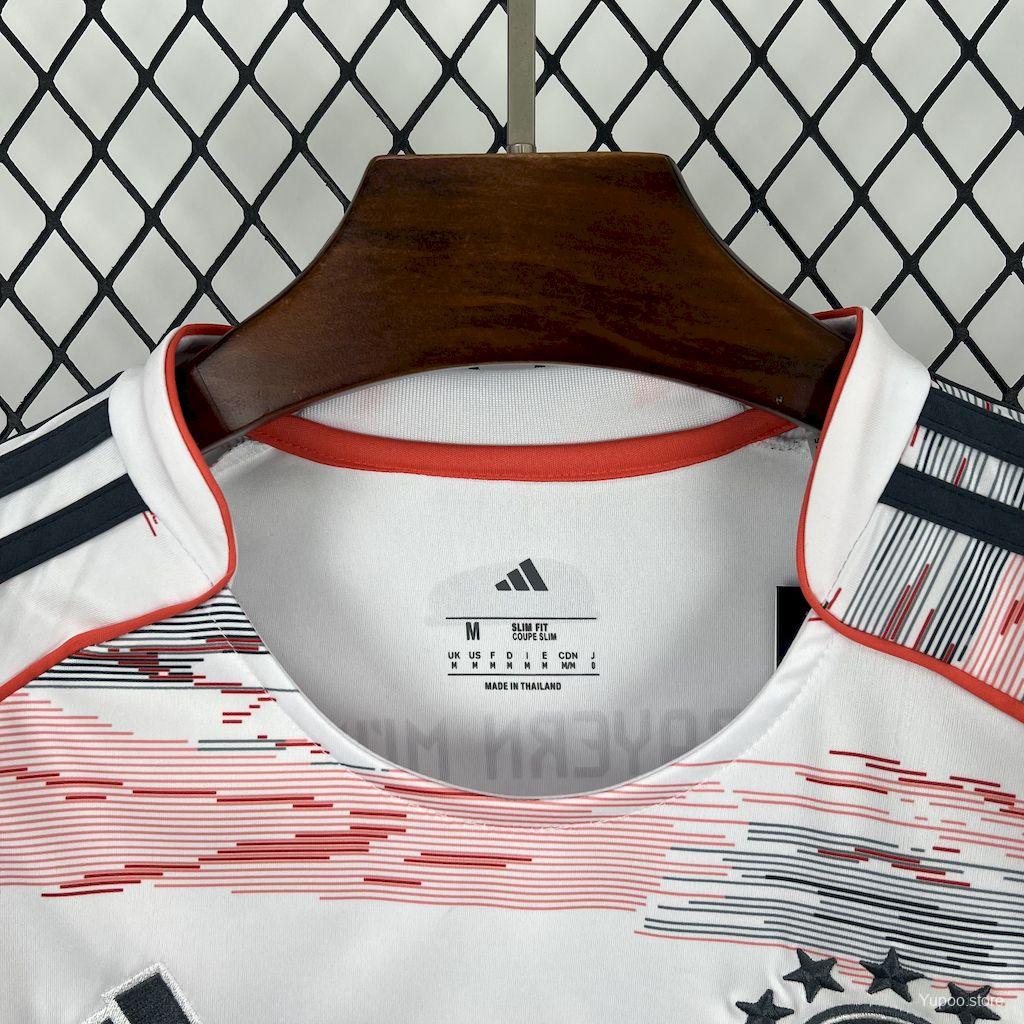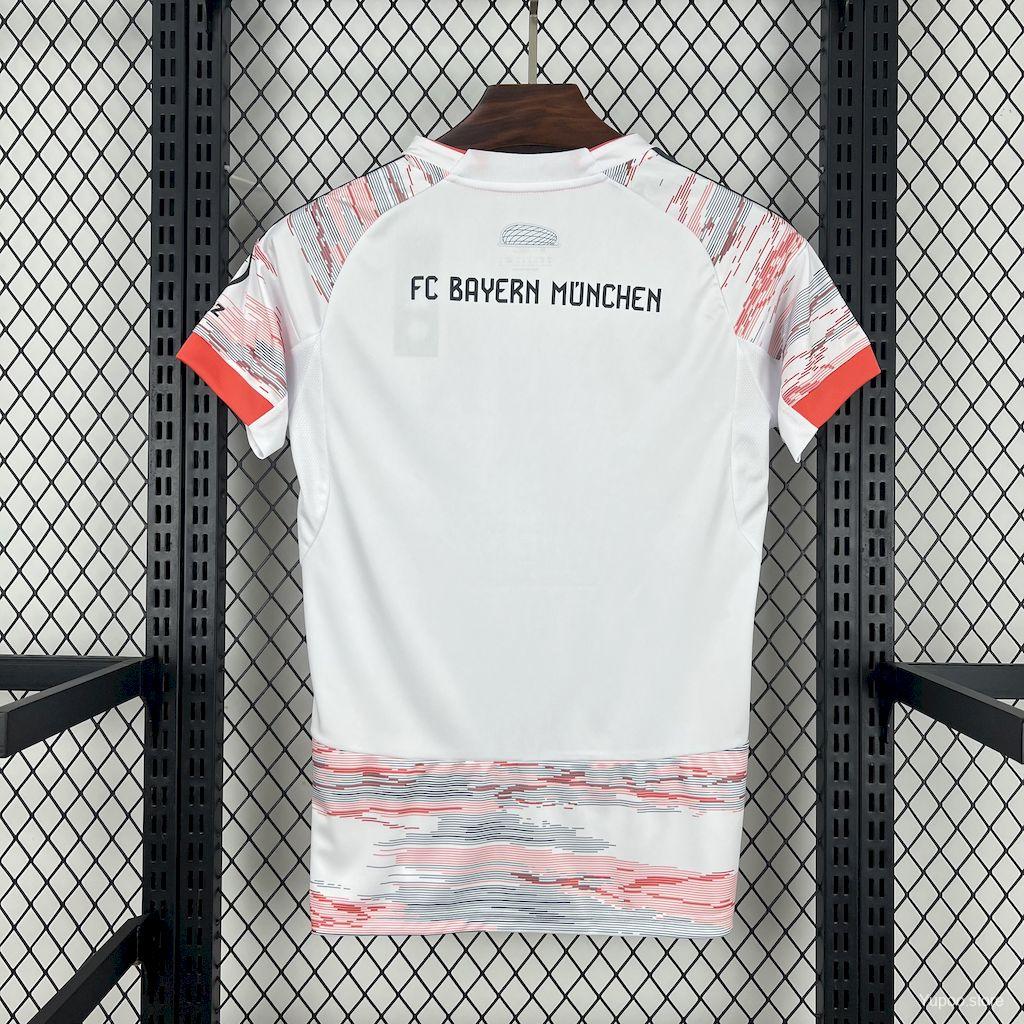Blog
What Defines a High-Quality Jersey in Soccer Today?

The modern soccer match is a vibrant tapestry of athleticism, strategy, and dedicated fan culture. At the heart of this global spectacle lies a seemingly simple garment: the team shirt, or the jersey in soccer. This iconic piece of apparel has profoundly transcended its original purpose as mere identification, evolving into a highly advanced piece of performance gear and a powerful symbol of identity for millions worldwide. For the dedicated consumer—the fan who proudly wears their colors—understanding what constitutes a premium product is essential. This comprehensive analysis delves into the technical, cultural, and material depths of the soccer jersey, providing valuable insights to help users make informed purchasing decisions.
The Evolution of the Soccer Shirt: From Heavy Wool to Technical Fiber

Before we explore the contemporary landscape, it is crucial to appreciate the journey of the jersey in soccer. Early iterations were utilitarian, crafted from heavy, often uncomfortable cotton or wool, designed simply for team distinction. They offered minimal breathability and became remarkably weighty in wet conditions, severely hindering player performance. However, as the sport professionalized and technology advanced, this garment began its dramatic transformation. The 1970s and 80s introduced lighter synthetic materials, primarily polyester, marking a pivotal shift toward performance. This transition was not merely a change in fabric; it represented a fundamental re-evaluation of how apparel could actively contribute to an athlete’s success.
Today, the jersey in soccer is a flagship product of textile innovation. Major manufacturers continually pour vast resources into research and development, treating the fabric itself as a competitive advantage. This relentless pursuit of excellence ensures that the final product worn by both players and consumers offers peak functionality and comfort. Consequently, when assessing the quality of a soccer jersey, one must look beyond the badge and the sponsor to the very fibers from which the shirt is woven.
Technical Features: Decoding the Modern Performance Garment

For the product user, the true value of a soccer jersey resides in its technological architecture. A high-quality shirt is a sophisticated engineering marvel designed to manage the human body’s reaction to intense physical activity.
Material Science: The Core of Comfort and Performance
The vast majority of modern soccer shirts are made from polyester microfibers, but not all polyesters are created equal. Premium jerseys feature proprietary moisture-wicking technologies—like Adidas’ AeroReady or Nike’s Dri-FIT—which are critical for user comfort. These technologies function by rapidly drawing sweat away from the skin to the outer surface of the fabric, where it can evaporate quickly. This process helps regulate body temperature, keeping the wearer cool and dry whether they are performing on the pitch or simply supporting their team in a crowded stadium. Furthermore, a growing emphasis is being placed on sustainability. Many current generation shirts are manufactured using high-performance recycled polyester, often derived from repurposed plastic bottles, aligning the product with environmentally conscious values. This ethical manufacturing process ensures that the shirt is not just technically superior but also aligns with a globally responsible ethos.
The Fit and Finish: Player vs. Fan (Authentic vs. Replica)
Users must distinguish between the “Authentic” (Player version) and “Replica” (Fan version) fits, as this heavily impacts the wearing experience and cost.
- Authentic Jerseys: These shirts are identical to those worn by professional athletes. They feature a tighter, more athletic fit designed for zero distraction, often using lighter materials, laser-cut ventilation holes, and heat-applied badges and logos to reduce weight and chafing. This is the ultimate expression of the jersey in soccer as a performance tool.
- Replica Jerseys: Tailored for the everyday supporter, the Replica version offers a more relaxed, comfortable fit, making it ideal for casual wear. While they still incorporate the same moisture-wicking technology, they typically use heavier fabrics and embroidered badges, which are more durable for repeated washing and general lifestyle use.
When considering a purchase, the user needs to decide whether their priority is performance mimicry or everyday comfort. Both versions represent a worthwhile investment, yet they cater to different functional needs.
The Aesthetics and Application of Color and Design

Beyond technical specifications, the design of the jersey in soccer is fundamental to its appeal and function within the fan community. The design narrative—including the color palette, crest, and typography—is intentionally created to evoke loyalty and deep-seated emotion.
Color is arguably the most recognizable element. A club’s primary colors are non-negotiable, serving as a visual shorthand for its entire history and identity. The application of these colors on the shirt is an art form. Every stripe, hoop, or block of color is deliberately placed to honor past glories or signal a new era. The artistry involved ensures that the resulting garment is not just attire but a wearable piece of history. For the product user, wearing these colors is a public declaration of allegiance, a non-verbal yet powerful connection to a global family of supporters.
The unique application of various kits—Home, Away, and Third—also serves a strategic commercial and symbolic purpose. While the Home shirt is sacred, the Away and Third kits allow designers greater creative freedom, often pushing boundaries with unique color combinations and patterns. These designs not only provide necessary distinction on the field but also drive new sales cycles, offering fans fresh ways to represent their club. The most successful designs strike a perfect balance: honoring tradition while embracing modern, marketable aesthetics.
Caring for Your Investment: Ensuring Longevity and Value
A high-quality jersey in soccer is an investment, both financially and emotionally. Proper care is paramount to maintaining its vibrant colors, fabric integrity, and especially the heat-pressed names, numbers, and sponsor logos. Without due diligence, these elements can quickly degrade, diminishing the shirt’s value and appearance.
To ensure longevity, a simple yet effective washing regimen should be followed:
- Turn Inside Out: Always turn the jersey inside out before washing. This protects the printing, patches, and exterior stitching from excessive friction during the wash cycle.
- Cold Water & Gentle Cycle: Use cold water and a mild detergent on a gentle machine cycle. Hot water can damage the synthetic fibers and cause the adhesives on the heat-pressed elements to weaken.
- Avoid Softeners and Bleach: Fabric softeners can clog the microfibers, reducing the effectiveness of the moisture-wicking technology. Bleach is never recommended.
- Air Dry Only: Crucially, never put the jersey in a dryer. The high heat is the single biggest cause of peeling names and numbers. Hang the shirt to air dry; the lightweight material will dry quickly.
By adopting these simple steps, the user can ensure that their garment remains a pristine emblem of their loyalty for many seasons to come.
Conclusion: More Than Just a Shirt
The journey through the technical and cultural landscape of the jersey in soccer underscores its immense significance. It is simultaneously a high-performance athletic garment, a piece of wearable textile innovation, and a profound cultural artifact. For the modern consumer, purchasing a soccer jersey is far more than a simple transaction; it is an act of identity affirmation. Therefore, understanding the material quality, the difference between fit types, and the best care practices empowers users to select products that not only last but also truly reflect the spirit and value of the beautiful game.
Frequently Asked Questions (FAQ)
Q1: What is the main difference between an “Authentic” and “Replica” jersey? A: The Authentic jersey is designed for player performance, featuring a tighter fit, lighter weight, and heat-applied badges. The Replica jersey is tailored for fans, offering a more relaxed fit, slightly heavier, and typically featuring embroidered badges, making it more durable for casual wear and frequent washing.
Q2: Can I machine wash a soccer jersey with a player name and number? A: Yes, you can, but care must be taken. Always turn the jersey inside out, use cold water only, select the gentle cycle, and use a mild detergent. Crucially, never use a dryer; air drying is essential to protect the heat-pressed graphics.
Q3: Are the new sustainable jerseys as durable as the older ones? A: Yes. Modern manufacturing techniques ensure that sustainable jerseys, often made from recycled polyester, offer the same, if not superior, levels of durability, breathability, and moisture-wicking performance as their non-recycled counterparts. The quality of the jersey in soccer is not compromised by its ethical sourcing.
Q4: How important is moisture-wicking technology for a fan? A: While crucial for players, moisture-wicking technology is highly beneficial for fans as well. It keeps the wearer comfortable in hot weather or crowded settings by drawing sweat away from the body, ensuring the shirt remains light and dry during moments of high excitement or activity.
